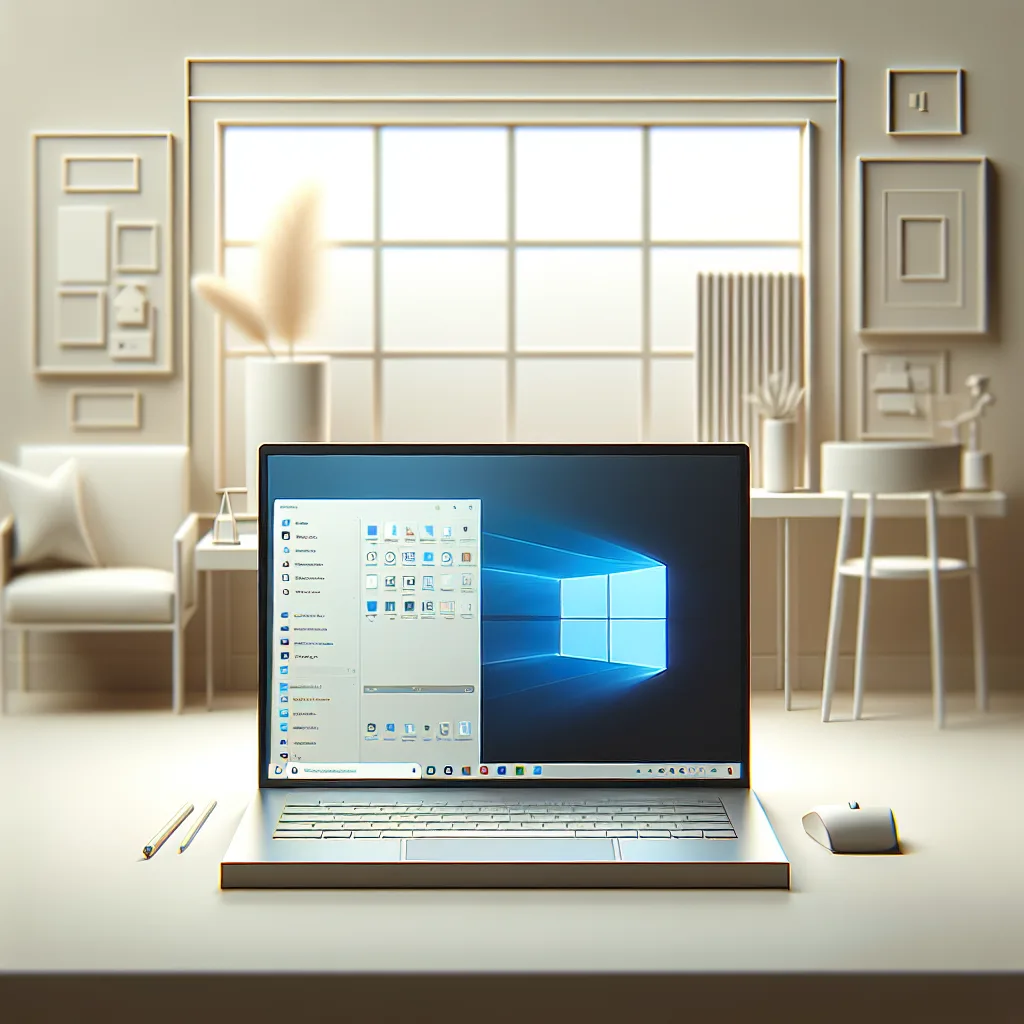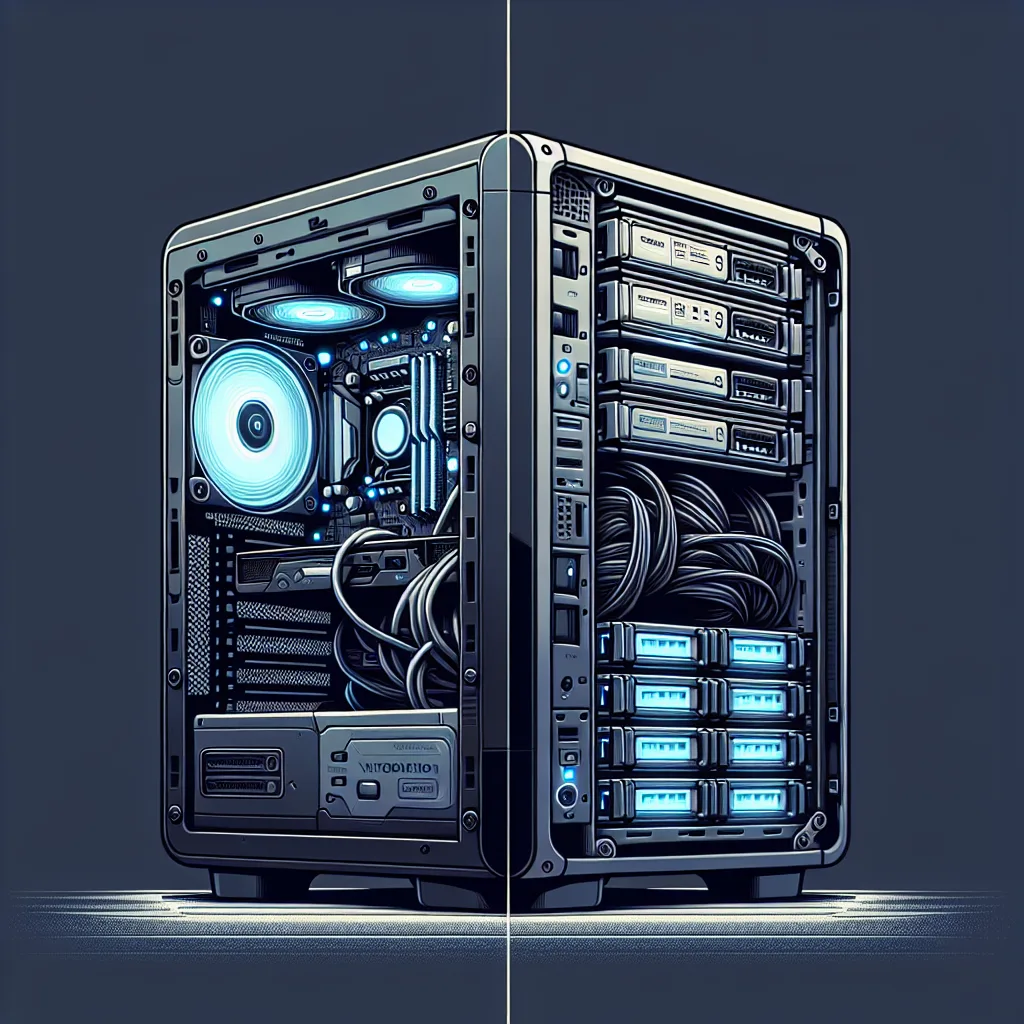You might be surprised what a dedicated formaldehyde sensor can tell you about the air you breathe every day.
It’s funny, you can spend so much time picking out the perfect sofa or the right shade of paint, but you rarely think about what they might be leaving behind in the air. I recently went down a rabbit hole on indoor air quality and stumbled upon a topic I hadn’t considered much: formaldehyde. It turns out, this stuff is in a lot of household items. That’s when I decided to try a dedicated formaldehyde sensor to see what was really going on in my home.
You see, I already have a general air quality monitor, but it lumps all sorts of airborne chemicals (called Volatile Organic Compounds, or VOCs) into one big reading. It’s helpful, but not specific. Formaldehyde is one of the most common indoor pollutants, and I wanted to know its level specifically. It can be released from things like new furniture, plywood, glues, and even some fabrics for months or years. According to the U.S. Environmental Protection Agency (EPA), high concentrations can cause irritation and health issues, which is why monitoring it felt like a smart move.
My Experience with a Dedicated Formaldehyde Sensor
So, what’s the point of getting a specific device? General VOC sensors are great for a broad overview, but they can be triggered by everything from cooking fumes to scented candles. They can’t tell you if you have a low, persistent level of a specific chemical. A dedicated formaldehyde sensor isolates this one pollutant, giving you a much clearer picture.
The one I tried was a newer model, and what I appreciate is that the creators are still actively tweaking it. They’re releasing firmware updates based on user feedback, which tells me it’s a product that’s evolving. It’s not just a “set it and forget it” gadget from a massive, faceless company.
Setup was simple. I just plugged it in and let it acclimate. For the first few hours, it gets a baseline reading of your environment. Then, the interesting part begins.
What This New Formaldehyde Sensor Actually Revealed
I started moving the sensor around my apartment, and the results were pretty eye-opening.
- The Office: My new desk and bookshelf, both made from composite wood, were the biggest culprits. The readings were consistently higher in that room, though still within what’s considered a “safe” range. It was a good reminder to keep the window cracked open while I work.
- The Living Room: After unpacking a new rug, I saw a noticeable spike that took a few days to settle down. It’s exactly the kind of “off-gassing” you hear about.
- The Kitchen: Interestingly, cooking didn’t affect the formaldehyde reading at all, even though my general VOC sensor would go wild. This confirmed the specific nature of the dedicated sensor.
Having this data didn’t make me paranoid. Just the opposite—it felt empowering. Knowledge about your indoor environment is the first step toward improving it. The World Health Organization (WHO) has long pointed to the risks of indoor air pollution, and tools like this make the invisible, visible. It’s less about hunting for a single source of panic and more about building healthy habits, like ensuring good ventilation when you get new furniture.
So, do you need one? If you’re someone who loves digging into data, is sensitive to air quality, or is moving into a new or renovated space, a formaldehyde sensor is a fascinating and useful tool. It provides a layer of specific information that most general air monitors just can’t offer. For me, it’s been a welcome addition to my smart home, giving me one more piece of the puzzle to creating a healthier living space.





